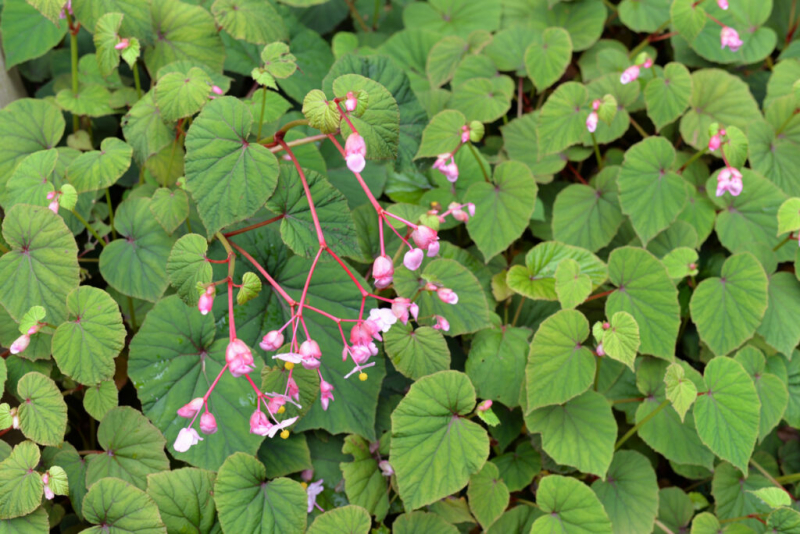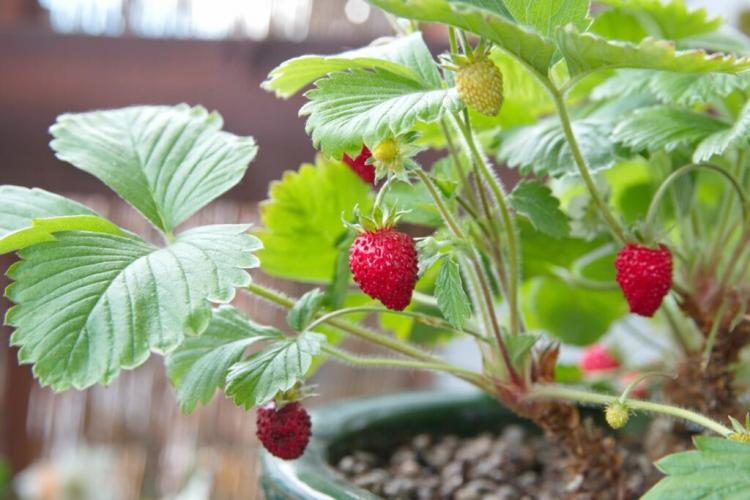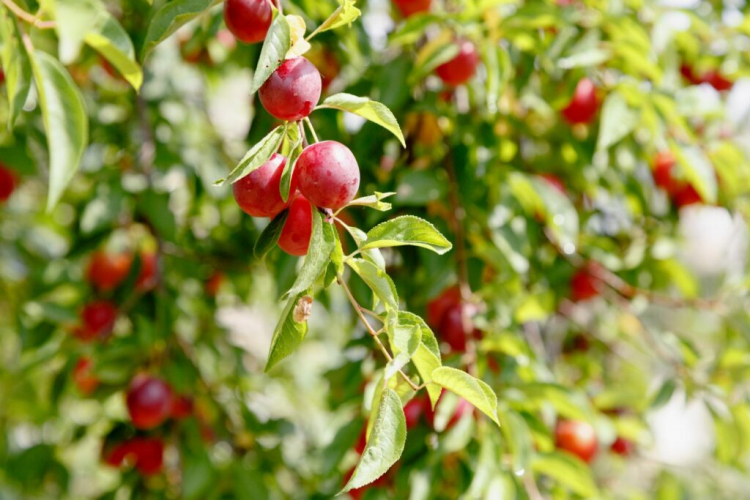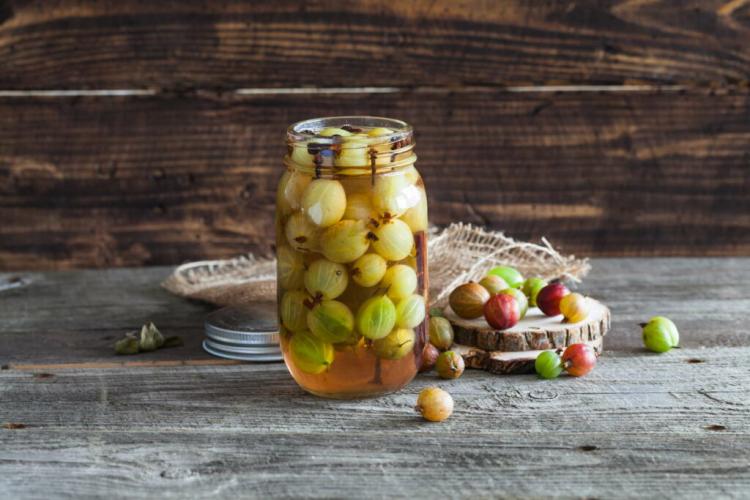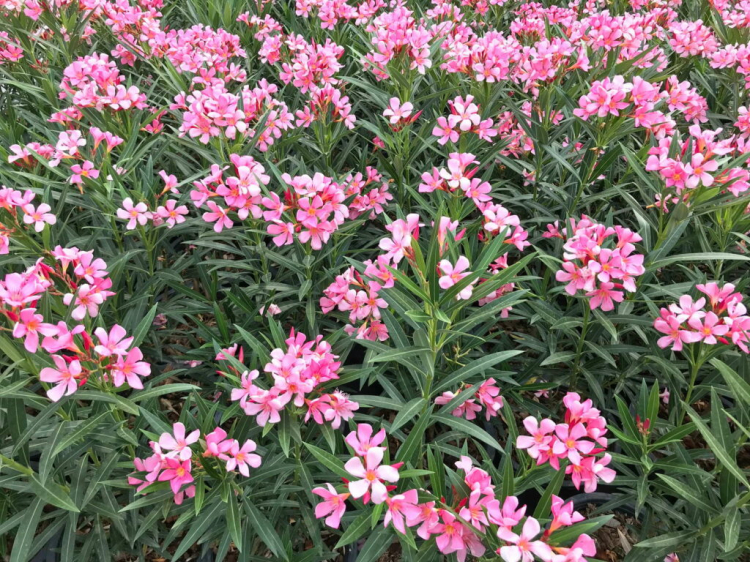Hardy Begonias: Two Cold-Tolerant Species And Varieties
Even if the begonia actually likes it warm, there are also winter-hardy varieties that survive our winters. We present two hardy begonias.
In summer, the exotic begonias ( Begonia ) are beautiful to look at. But if you don’t bother to dig them up again in winter or bring the pots into your house, you will start buying new plants every spring. However, with a little luck and the right protection, a few species and varieties of begonia can survive the winter here too.
Are there hardy begonias?
The term “hardy” does not apply to begonias in principle. They are a genus of plants chosen to live in the warm tropics and subtropics. At most on the peaks of the mountains you can occasionally see frost or snow, but begonias don’t go that high up. Very few species can cope with light frosts. The Japanese slate, for example, is native to the mountainous countries west of Beijing. Temperatures there fall below 0 ° C more often in winter. The species Begonia panchtharensis, which comes from the Himalayas, can survive our winters well protected. Presumably, there are still some unknown species living in the mountain regions of Asia that could survive central European winters. Who knows, maybe one or two surprises await us in the coming years and decades?
Two hardy begonia species and varieties
The Japanese slate is a beautiful perennial for the garden. She knows how to transform shady areas under trees or trees into beautiful places. With a height of 60 centimeters (in exceptional cases even 80 centimeters), it reaches a stately height. After winter, the begonia sprouts again at the end of May to avoid late frosts. The flowers also appear late in the year from August, but then beautify the garden with their delicate white and pink tones until autumn. The leaves, on the other hand, are bright green on the top and streaked with red veins. In contrast, there is the red underside of the leaves.
The species has different subspecies and varieties:
- ‘ Heron’s Pirouette ‘: The ‘Heron’s Pirouette’ variety grows to a height of between 60 and 90 cm. It has large leaves and numerous pink flowers.
- ‘ Sapporo ‘: this variety has deep pink flowers and can grow up to 80 cm high.
- Ssp. evansiana : The well-known subspecies of the Japanese slate has light pink flowers and reaches a height of up to 80 cm.
- ‘ Claret Jug ‘: This variety has the strongest leaf color of all Japanese slant leaves and grows up to 70 cm high.
- ‘ Marie ‘: The variety ‘Marie’ remains small with a height of around 40 cm.
- Ssp. grandis : The subspecies grandis is extremely vigorous, but does not grow taller than 70 cm.
- ‘Alba’: The ‘Alba’ variety with its pure white flowers is something special.
- Ssp. sinensis : The subspecies of the Japanese slate is only about 30 cm high. It has smaller leaves, but a more upright habit. The pink flowers appear from July.
- ‘ Red Undies ‘: This variety has a particularly intense red colored underside of the leaves.

The species Begonia panchtharensis comes from the Nepalese part of the Himalayas Mountains. Their leaves are shaped completely differently than most begonias. They are deeply indented and up to 60 cm long. In fact, they are more reminiscent of the leaves of giant hogweed ( Heracleum mantegazzianum ) than those of a begonia. It can be recognized as a begonia from July with its delicate pink flowers. The species is considered to be relatively hardy and can survive frosts down to -9 ° C.
You can find more great begonia species and varieties for the garden here.
Hibernate begonias
The so-called hardy begonias also need sufficient frost protection. These species are not really hardy. Winter in Europe quickly becomes colder than -10 ° C. In order for the plants to survive the winter anyway, they should be given a warm coat of sticks, leaves, and mulch. In autumn, the above-ground parts of the plants die and they retreat underground. Then it is time to give the growth a thick cover. In rough locations, however, this is often not enough either. Then you should dig up the plants after the first light frost and overwinter them in a pot between 3 ° C and 10 ° C in the house or garage.
You Might So Like: Begonia: Expert Tips For Planting And Care
The Japanese slate forms brood buds, so-called bulbils, in its leaf axils. These often survive the winter even when the mother plant dies. In spring, small, young crooked leaves grow wherever the bulbils have fallen. If you want to make sure that the bulbils survive, you should also collect some in autumn and hibernate in the refrigerator. Then in March, you can prefer the little round bones in the house.
